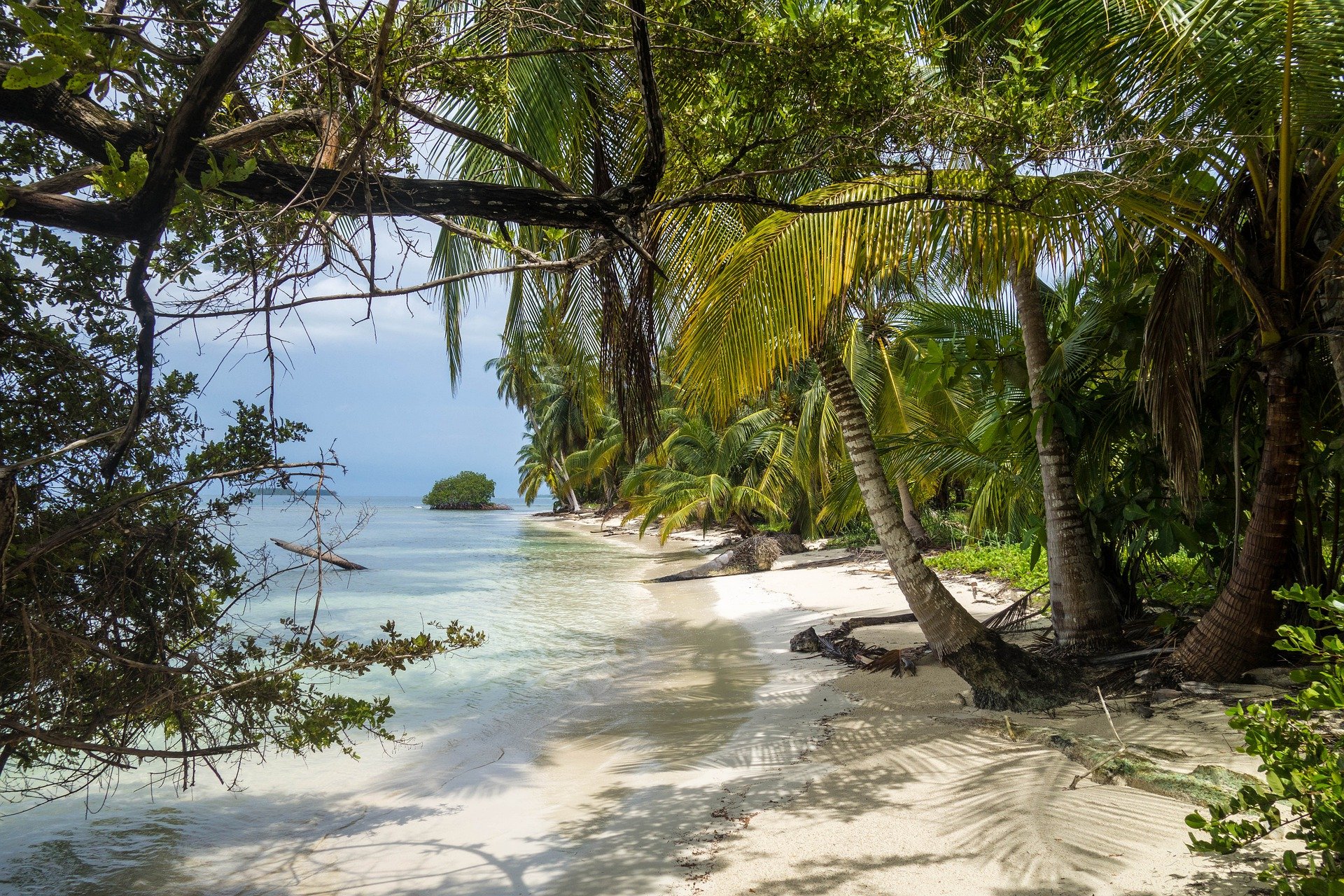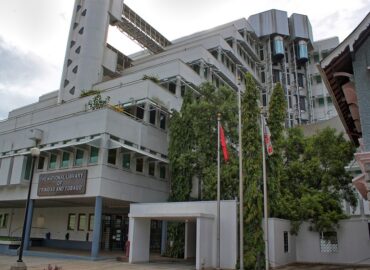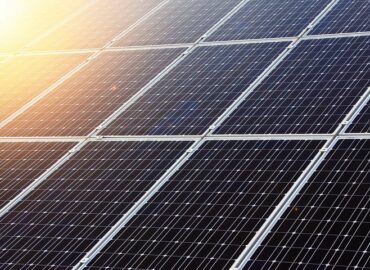The Caribbean region has a tropical climate. Some areas in this part of the world have an equatorial climate. Other areas have a tropical monsoon or tropical wet and dry climate. There are some places in the Caribbean with arid climatic conditions.
Such places have experienced droughts at certain times over the years. Generally, the higher mountainous regions enjoy cooler climates. Rainfall in the Caribbean varies according to elevation of an area, its size, and water currents.
The islands of Aruba and Curacao along with certain other areas experience an arid climate. An equatorial climate is experienced in Belize, Puerto Rico, Dominican Republic and other places situated in lowland areas. Cuba has a more seasonal wet and dry climate similar to countries like Venezuela and Colombia.
Seasons in the Caribbean
This region is generally sunny for most part of the year. From May to November, the Caribbean experiences a wet season. During this time of the year, one can see more frequent cloud cover. The dry season arrives in this region in December and lasts through April.
It is mostly clear and sunny, giving locals and tourists the opportunity to enjoy a pleasant time outdoors. Rainfall in the Caribbean is seasonal with the first six months being less wetter than the second half. For most of the year, the air temperature remains hot and varies from 25 to 33 degrees in Celsius. The period from June to November is a hurricane season in the Caribbean.
However, they are more frequent in August and September and common in the region’s northern islands. The more threatening hurricanes to the western part of Barbados and northwards of Grenada. During the hurricane season in 2017, the island of Saint Martin was devastated by the hurricane named ‘Irma’.
Effects of climate change
The biggest natural phenomenon threatening the islands of the Caribbean and its residents is climate change. The major environmental changes affecting the region are stronger and more frequent hurricanes and a rise in sea level. Shorter wet seasons and longer dry seasons resulting from climate change can also greatly impact life on these islands.
The rise in temperatures above the levels of pre-industrial era would increase the chances of extreme hurricane rains. They can increase by three times in Cuba and Dominican Republic. The extreme hurricane rains can also increase by four to five times in the Bahamas. Communities living along the coastal areas would be the ones seriously affected by the rise in sea level.
The most affected would be the Bahamas and Trinidad and Tobago. This is because nearly 80% of the total land area of their islands is below the sea level. A considerable rise in surface temperature of air and sea can lead to the development of stronger tropical cyclones. The greater temperature levels also increase the chances of cyclonic storms transforming into hurricanes.
Irma and Maria are two of the biggest examples of tropical storms developing into hurricanes. When Irma became a hurricane, the sea surface temperature in the Caribbean was 30 degrees in Celsius. A temperature higher than 27 degrees in Celsius is required for the development of a major storm. Even the richest nations in the Caribbean would need 6 years to recover from the impacts of extreme hurricanes.






